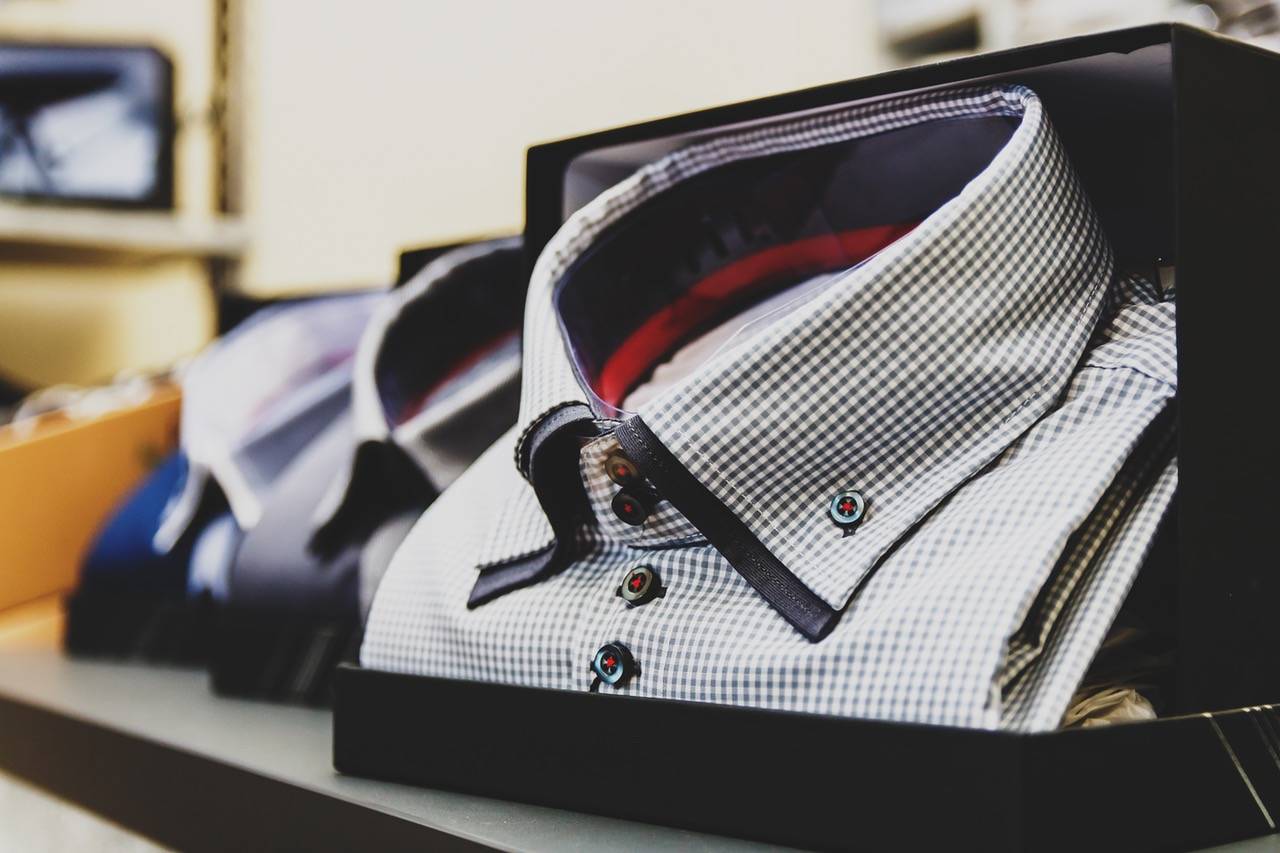Lately, you might have noticed that the dress code in the office has changed. Not too long ago, employees wore three-piece suits and a briefcase when heading to their nine-to-five job. But, now, many bosses are quite happy for their staff to turn up in business casual attire or however they wish to dress. Could it be influencing productivity levels though? CT shirts, retailers of men’s blue suits, tell us more:
A swap to business casual dress :
It could be an influence of younger workers that has led to office wear becoming more relaxed. It’s been suggested that the younger generation are more protective over their identity and dislike being told what to wear.
So, what is business casual? To many, it’s a style of dress that’s smart enough for the office but not overly formal. For men this could be wearing a shirt without a tie, and for women this might be a smart blouse with cropped trousers and loafers.
One study discovered that more than one in ten people aged 18-24 said that they’d considered quitting their job because of a strict dress code. When it comes to older employees though, they don’t share the same view. In fact, only 7% of those aged 55 and over said that they would quit a job because of the dress code. It varies among sector too — employees in the energy sector (32%), science and pharma sector (31%) and IT sector (29%) are those most likely to quit because of a dress code.
Should employers be getting rid of their dress codes in order to avoid losing staff? It’s certainly a possibility. Company bosses know too well about the cost implications of staff turnover. First of all, there are the costs incurred during the recruitment process for advertising the position and then there is the time spent interviewing and selecting candidates. It’s possible that having a company dress code could deter potential candidates from applying too. In fact, 61% of those searching for a new job in 2017 said that if a company enforced a dress code, this would give them a negative perception of the business. With high staff turnover, productivity also takes a hit — it’s often the current employees that must spend time training new staff which can stop them from working to their usual capacity.
One more reason for the change in office wear is a growth in the number of creative companies. Between 2010 and 2016, the creative industries sub sectors (this includes advertising, film and TV) grew their economic contribution by 44.8%. It’s known that dress code is often less strict in these companies, as staff are encouraged to express their creativity.
How you dress and your behaviour :
Some studies have found that the clothes you wear can have an impact on your behaviour at work.
In one experiment, participants were asked to where a white coat, but were told different things about it. The study found that the subjects who were told it was a doctor’s coat, were more confident in accomplishing tasks. This was compared to those who were told they were wearing a painter’s coat. Further research has discovered that wearing more formal clothes can encourage the wearer to think more broadly.
Opposing this however, is Facebook CEO, Mark Zuckerberg. He wears similar casual clothes each day and runs a corporate business worth billions of dollars. Zuckerberg says that wearing these clothes gives him one less decision to make each day and gives him the chance to focus on more important workplace decisions.
And, what about productivity? Most UK workers states that they’d feel more productive and actually put more effort into what they wore if there wasn’t a strict dress code. In addition to this, 78% of survey respondents said that they would avoid blurring the line between ‘work clothes’ and ‘non-work clothes’ if there weren’t rules on what to wear.
Positives for the business :
With regards to the research we’ve looked at, it’s evident that it depends on sector and individual employee as to whether they should follow dress rules.
It’s likely that it could depend on their specific role too. It’s true that first impressions are still important and this means that, for employees in a client-facing role, it’s important to look professional.
One good suggestion could be for businesses to take time out to ask their employees about their opinions on dress code. It’s likely that this will be the biggest giveaway of whether a uniform is helping or hindering operations.
Sources :
https://www.duedil.com/blog/power-dressingthe-effects-of-dress-code-on-productivity
https://www.recruitment-international.co.uk/blog/2017/01/61-percent-of-employees-more-productive-when-dress-code-is-relaxed-study-finds
http://www.thecreativeindustries.co.uk/uk-creative-overview/news-and-views/news-creative-industries-earn-uk-almost-%C2%A392bn
Found this useful wondering how you can show me your appreciation? Well, there are some ways you can say thanks and support my website: ➡
